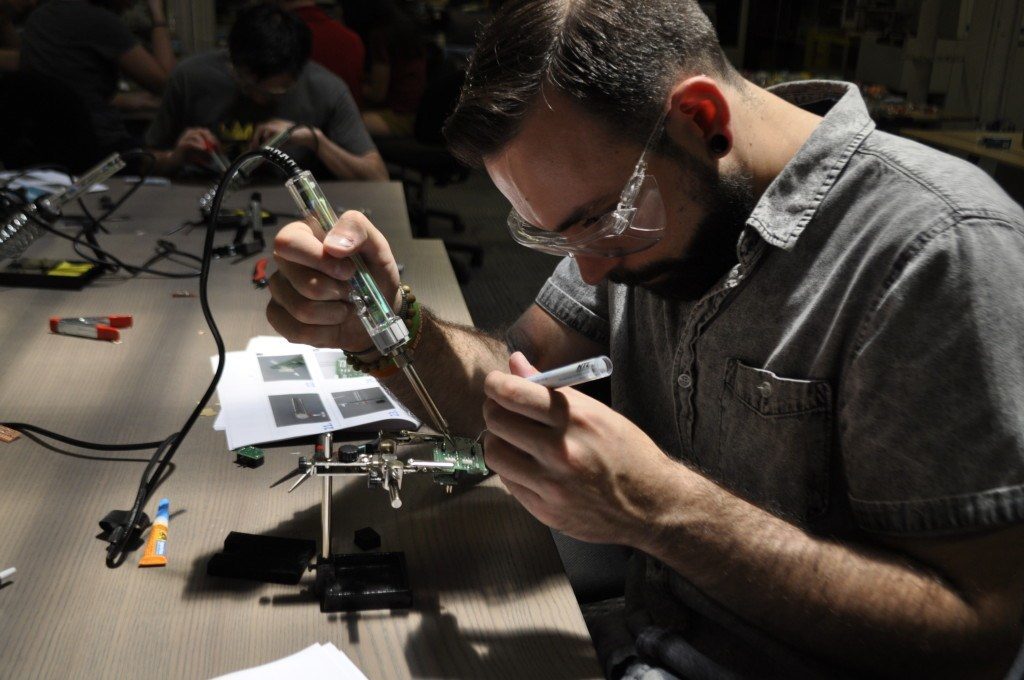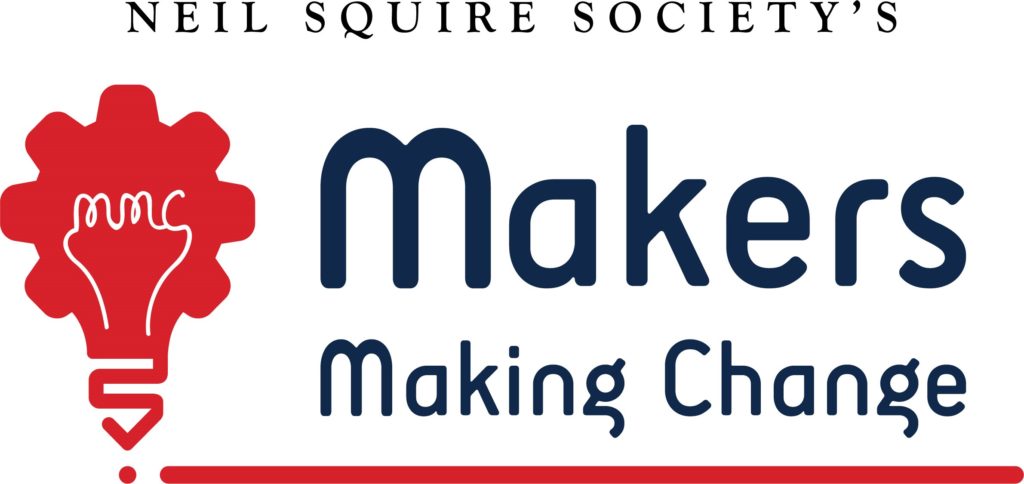LipSync Update Part 3

This is part 3 of 3 of our LipSync Update series. In this last update, we conclude our interview with Neil Squire Society’s Director of Innovation, Chad Leaman. To read part 1, click here. To read part 2, click here.
Q. How has the LipSync’s hardware evolved since its introduction? How about software? Were there any unexpected developments along the way?
A. Initially, about 7 years ago, we had actually designed a LipSync prototype to be mass-produced, a more conventional distribution method. The project, at the time, was shelved. Last April, we received the Google Impact Challenge: Disabilities grant for $800,000 USD which really allowed us to take the LipSync in a much more exciting — and accessible — direction. Instead of mass producing, and the associated costs that necessarily go with it, we could make it so that much of the shelling could be 3D printed and the electronics be easily and cheaply acquired. It would be open source — makers would make them. Instead of a factory churning them out at likely a few thousand dollars per unit, a user could receive one from a maker at cost of parts (right now around $250). The instructions are online, the parts can be bought fairly easily, it could be done over a weekend — you could make one. That’s really been the evolution right there, even from a technological standpoint, it’s been evolving so that it is not only accessible use-wise, but in cost.
Other than that, we’ve seen the growth of the Makers Making Change initiative, which is the big picture element of the LipSync. The idea is that it’s not just about one piece of assistive technology, but rather creating an initiative that sees assistive technologies tailor-made for individual people. With a lot of stuff, it’s not one size fits all — people have different needs and have different barriers that need to be removed. With the maker movement, it allows us to move away from the mass production model — which requires focus on a limited amount of tools with some degree of mass appeal — and it allows solutions for individual problems to be created. The LipSync is really about bringing together people with disabilities and skilled people to create access. The Makers Making Change initiative is about creating that network, and going beyond just a LipSync.

This article originally appeared on the Neil Squire Society’s AT HelpDesk website.



